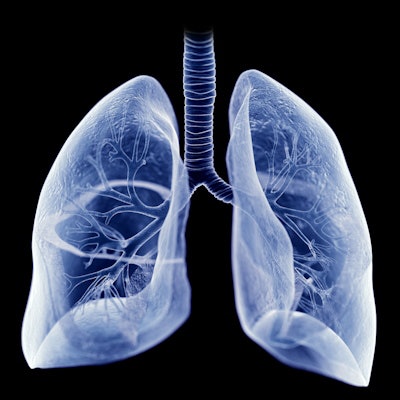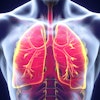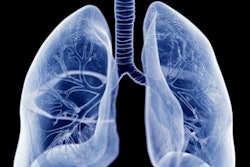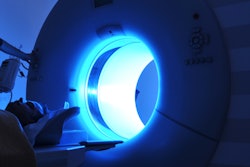
Children with pulmonary hypertension can receive up to an average of 8.5 mSv of radiation per year from CT exams -- roughly equivalent to about three years of naturally occurring background radiation.
Study findings published August 21 in Pulmonary Circulation underscore how important it is to consider children's radiation exposure, as it can make them vulnerable to developing cancer later in their lives, wrote a team led by Malini Mahendra, MD, of the University of California, San Francisco (UCSF).
"In attempt to reduce future cancer risks, careful consideration for the need of radiation-based imaging and modality of imaging is warranted, especially in the youngest of children," the group noted.
Pulmonary hypertension in children is a chronic condition with "high illness severity," Mahendra and colleagues wrote. The disease is diagnosed and treated using imaging modalities such as cardiac catheterization, chest CT, nuclear medicine imaging, and x-ray; these all impart significant amounts of radiation to pediatric patients.
"The number, type, and intensity of irradiation events used during the diagnosis and ongoing treatment of pediatric patients with pulmonary hypertension have not been previously reported," the investigators wrote. "Acquiring and analyzing these data is the first step in exploring how radiation use might be optimized for these patients and reduced where appropriate."
The researchers sought to quantify the amount of radiation children with pulmonary hypertension receive and calculate their lifetime cancer risk via a study that included data from UCSF's Pediatric Pulmonary Hypertension Registry for 249 patients (mean age, 2.5 years) between 2012 to 2022. The group estimated cancer risk using National Cancer Institute tools.
The children underwent 18,199 imaging exams that imparted radiation during the study time frame. Mean number of studies per patient per year was 12. Of the 249 study participants, 97% had pulmonary arterial hypertension, pulmonary hypertension due to left heart disease, or pulmonary hypertension due to chronic lung disease. Most of the CT exams (90%) were conducted for children less than five years of age.
The team found the following:
- CT and cardiac catheterization radiation accounted for 88% of the total radiation dose the children received.
- Cumulative mean effective radiation dose per patient over the study time period was 19 mSv (range: 18.6 mSv to 107 mSv).
- Radiation exposure resulted in a mean increased estimated lifetime cancer risk of 7.6% in females and 2.8% in males. Patients with pulmonary arterial hypertension had the highest cancer risk, at 7.9% for females and 2.9% for males.
"It was eye-opening to see the amount of radiation exposure these children are receiving at such young ages," she told AuntMinnie.com. "What was most surprising to me was the finding that although young children in our study received a quarter of the total radiation dose as the young adults in our study, their estimated increased risk of cancer was over four times that of young adults. This means that the youngest children are the most susceptible to the harms of radiation."
Managing children's exposure to radiation is a balancing act, the team noted.
"For some critically ill patients, short-term benefits from radiation-based imaging studies are extremely important to consider as the potential benefits of these imaging modalities may outweigh the potential long-term cancer risks," it wrote.
The complete study can be found here.





















